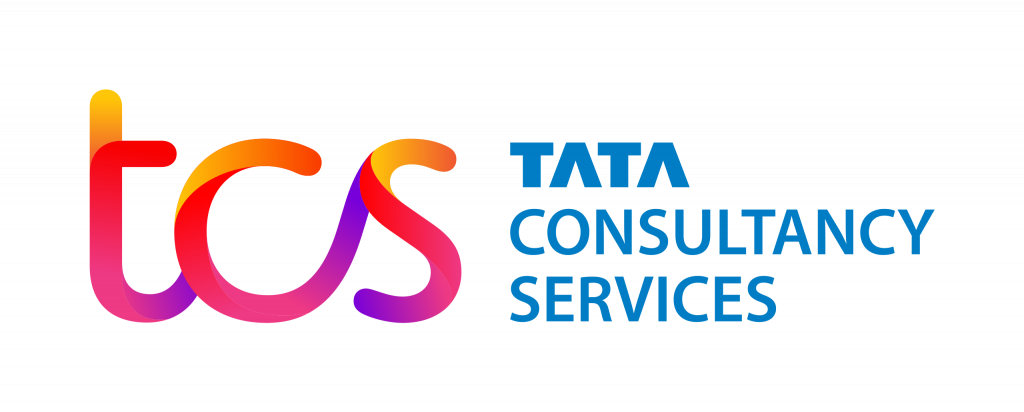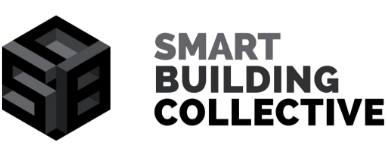Aligning the Complex Stakeholder Map
Everyone knows how hard it is to change an organization, but change is exactly what corporate real estate and companies must initiate. The pressures on the building and construction industry to reduce carbon emissions and for company executives to reduce operational costs while adapting to the demands of the modern workforce have made this a now-or-never moment.
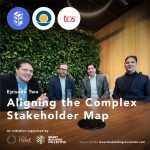
Everyone knows how hard it is to change an organization.
Unfortunately, the building and office stakeholder map that as a whole truly influences the industry is a complex web of roles, motivations and business models. Developers, investors, managers and users all have different priorities which create a model of forces in constant conflict with each other. For the sake of the environment, the workforce and even the bottom line, how can we align all these players on the stakeholder map? In this episode, we’ll explore the root value of real estate, how even this is in flux, and how organizations can move forward to make the change necessary to survive and thrive in a new world.

Jonathan Wisler
CEO at EDGE Next
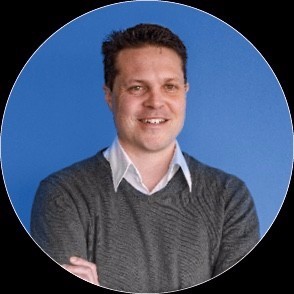
Nicholas White
Co-Founder, Head of Strategy & Operations at Smart Building Certification
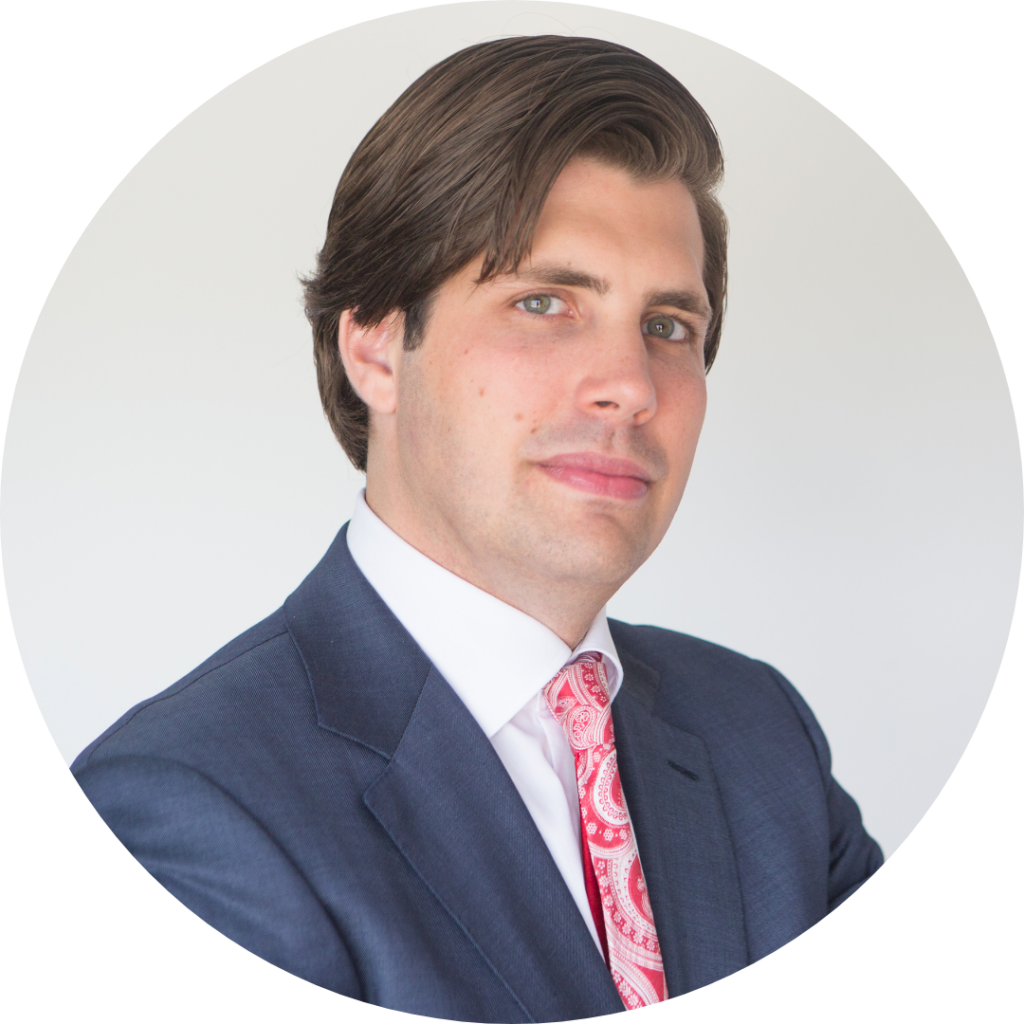
Peter Crijns
Director at MeteoViva Benelux

Jeroen Splinter
Senior Partner | Europe CXT Head at Tata Consultancy Services
MeteoViva is The Future of Building Management
The Smart Data Solution that ensures an optimized indoor climate, while simultaneously significantly reducing energy costs and carbon emissions.
MeteoViva Climate is forward-thinking, self-learning and easy to integrate with over 5 million operating hours of experience in buildings worldwide.
Tata Consultancy Services "Building on belief"
A purpose-led organization that is building a meaningful future through innovation, technology, and collective knowledge. We’re #BuildingOnBelief.
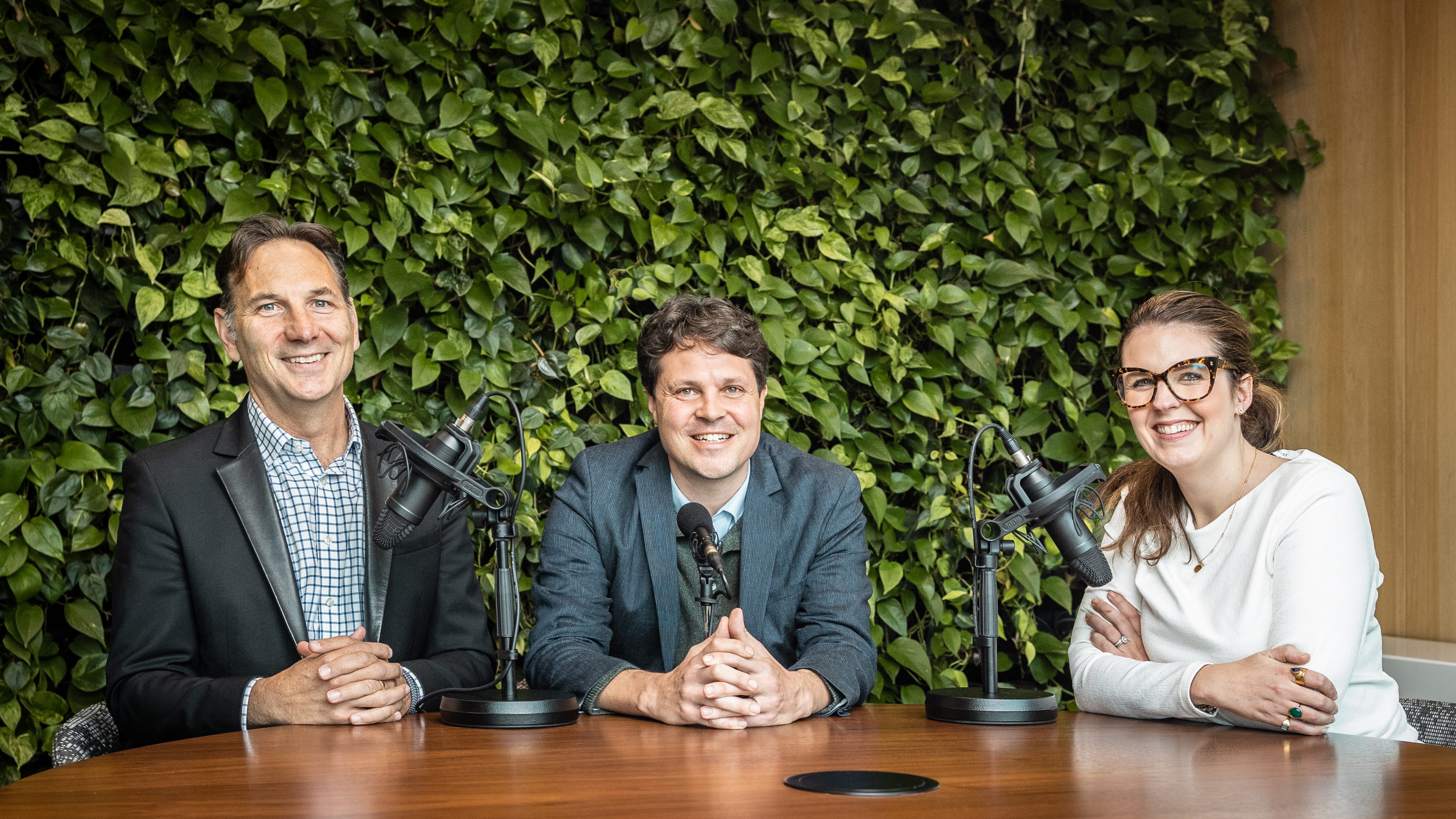
The Power of the Collective
Commercial real estate is currently at the convergence point of multiple crises. Global warming and environmental degradation has the sector focused on energy usage, sustainability, circularity, and decreasing environmental impact. Meanwhile, COVID 19 has accelerated the changing social norms of how real estate is used, where the general public no longer view corporate offices as essential.
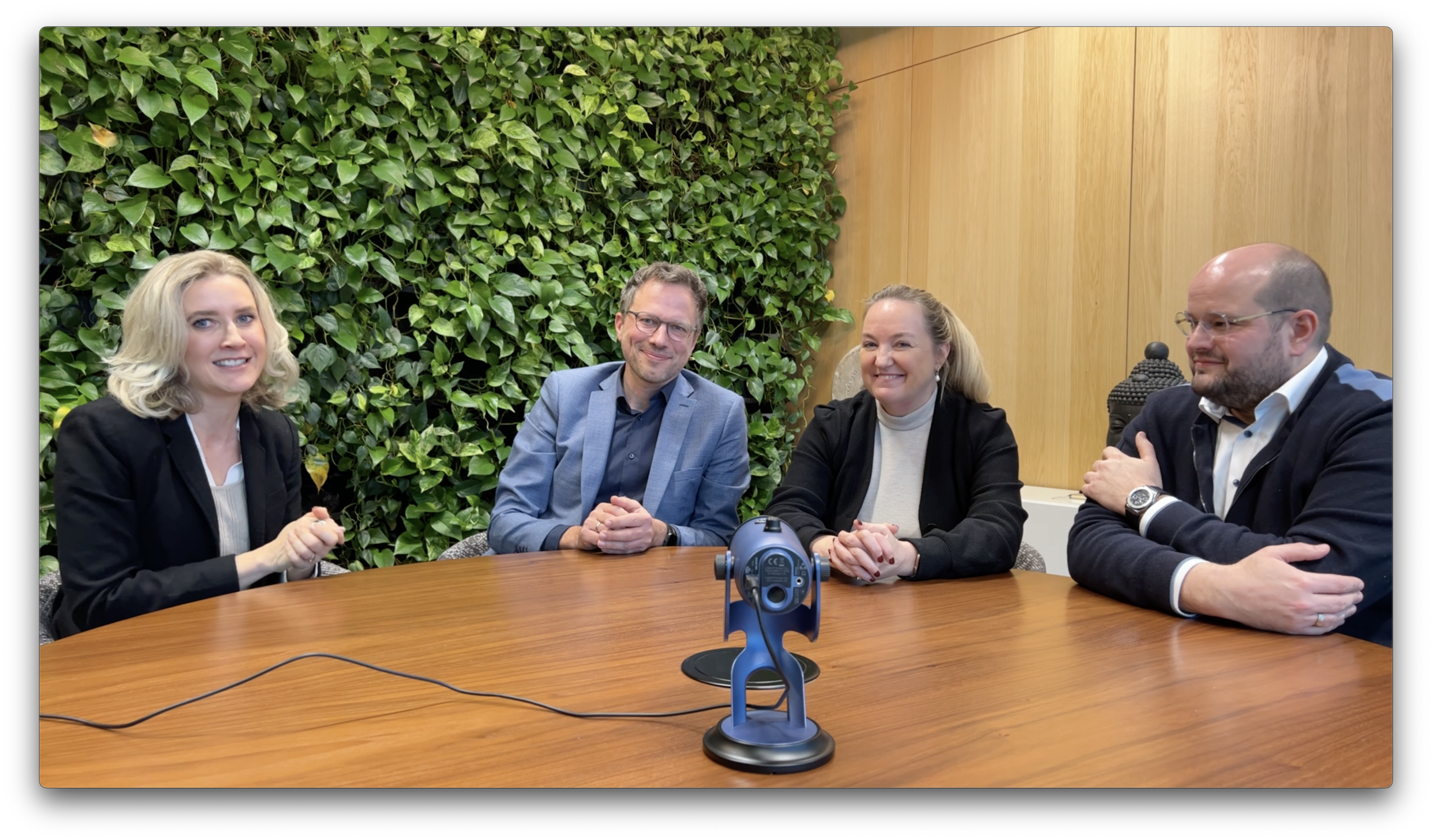
More Than an Office: Creating Value 24/7
COVID 19 merely accelerated what was already a cosmic shift in societies’ approach to work and, by extension, commercial real estate. Remote working capabilities have revealed that people can still be productive — if not more so — with the power to choose how and where they focus without feeling like they’re being supervised on some kind of office assembly line.
We’re launching an all new online video broadcast series covering all the main challenges and solutions involved in making buildings smarter. Stay tuned for upcoming episodes by signing up for our newsletter.
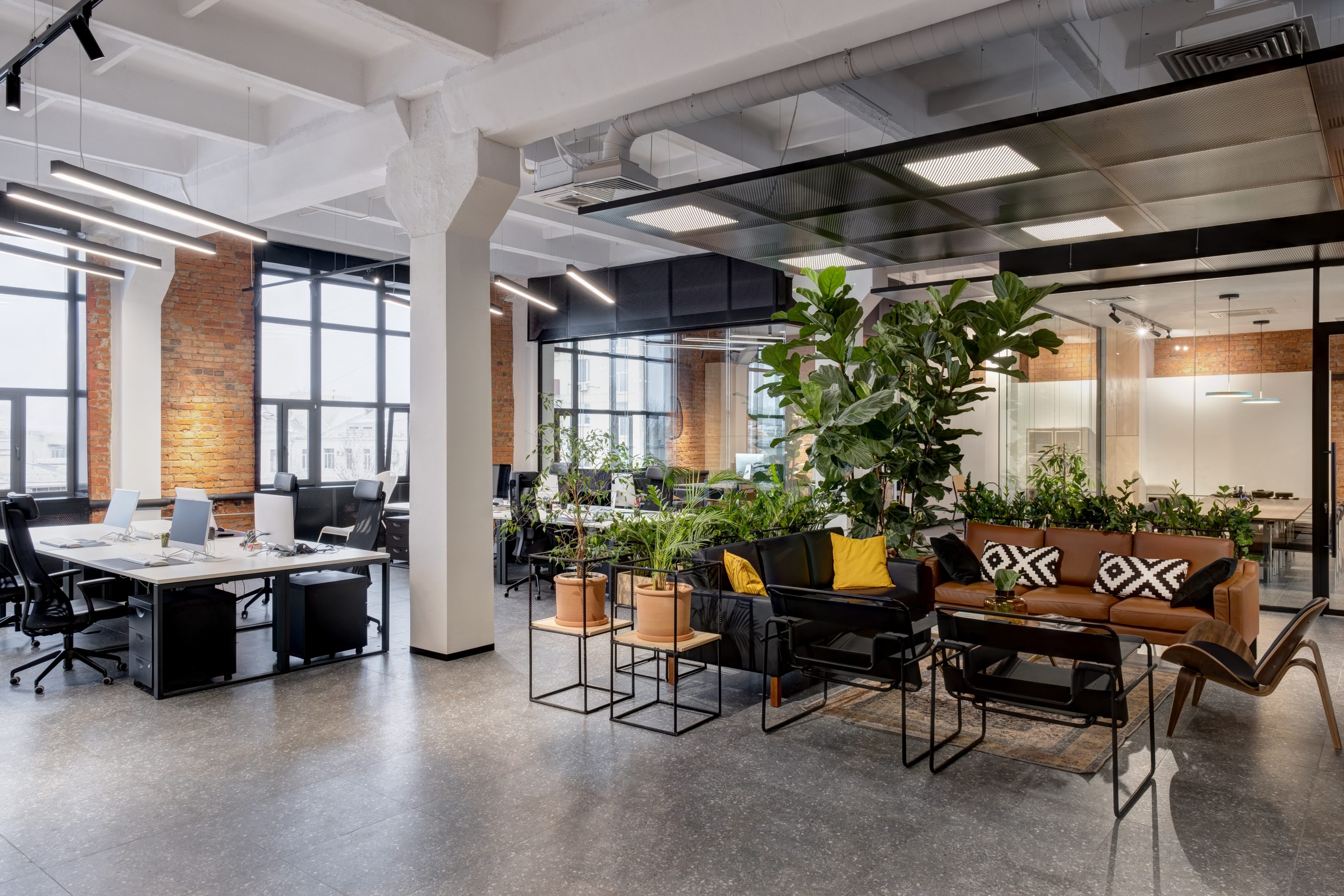
If Winston Churchill was right and we should never waste a good crisis, where are the areas of opportunity and how long have we been

Data driven decision making has gotten a lot of traction in the last few years. However, can we change a culture and an organization through

Can you have a successful community without trust? And can you have a successful business without trust in the workplace? See just how important trust

If Winston Churchill was right and we should never waste a good crisis, where are the areas of opportunity and how long have we been
Too many of us — at the individual and company level — find ourselves paralyzed in thought by the many modern, existential crises bearing down on our collective humanity. Where each generation faced one or two great challenges in their lifetimes, it feels like we’re facing them all at once.
Maybe true, but what’s underreported is that there are many individuals and companies actively finding solutions.
This includes us at EDGE Next and the Smart Building Collective.
In corporate real estate, with 85% of company employees feeling disengaged and 39% of global carbon emissions
generated from office building construction and operation, we sit at a unique point of convergence with a once-in-a-lifetime opportunity to solve two crises at once.
Because of the many years of experience and expertise our partners bring to the collective, we understand how buildings behave, how they perform both well and poorly. We’ve connected the dots enough to create new technologies that significantly improve building and office space behavior to make them more sustainable for the planet and more livable for the workforce.
This is why we’ve started The Building Revolution.
